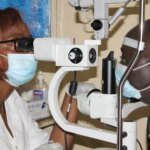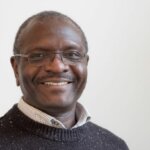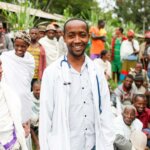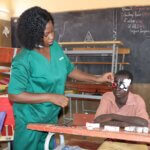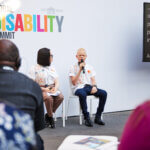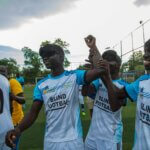- Eye Health
- Latest
Glaucoma, the primary cause of irreversible blindness worldwide, presents a tremendous challenge. Find out how Light for the World’s pioneering glaucoma treatment programmes work to create sustainable solutions.
What is glaucoma?
The term ‘glaucoma’ relates to a group of conditions, characterised by progressive optic nerve damage and loss of visual field. Unlike many other eye diseases, eyesight lost due to untreated glaucoma cannot be restored. But vision loss can be prevented by timely intervention.
Glaucoma is a disease that affects the nerve of the eye and about five in a hundred people suffer from this condition. The nature of this disease is that the earlier you find it, the better you are able to hold it in its early stages, because there is no treatment that can reverse the damage to this nerve.
Dr. Immaculate Emoru, Ophthalmologist Mulago National Referral Hospital, Uganda
Most forms of glaucoma do not show symptoms in the early stages, before vision loss has occurred.
For the best outcome, patients suffering from glaucoma must be identified early, receive appropriate counselling and be referred to ophthalmologists who are trained in glaucoma treatment and diagnosis. Family members of those with glaucoma are also encouraged to get examined.
A challenging context
There are many challenges to treating glaucoma across Sub-Saharan Africa. Including inadequate training of eye health professionals and lack of equipment and awareness.
“There is no single simple screening test to detect glaucoma early at community level,” says Dr. Geoffrey Wabulembo, Expert on Eye Health and Neglected Tropical Diseases at Light for the World.
“This is compounded by the low awareness level among non-ophthalmic health workers and the community at large.”
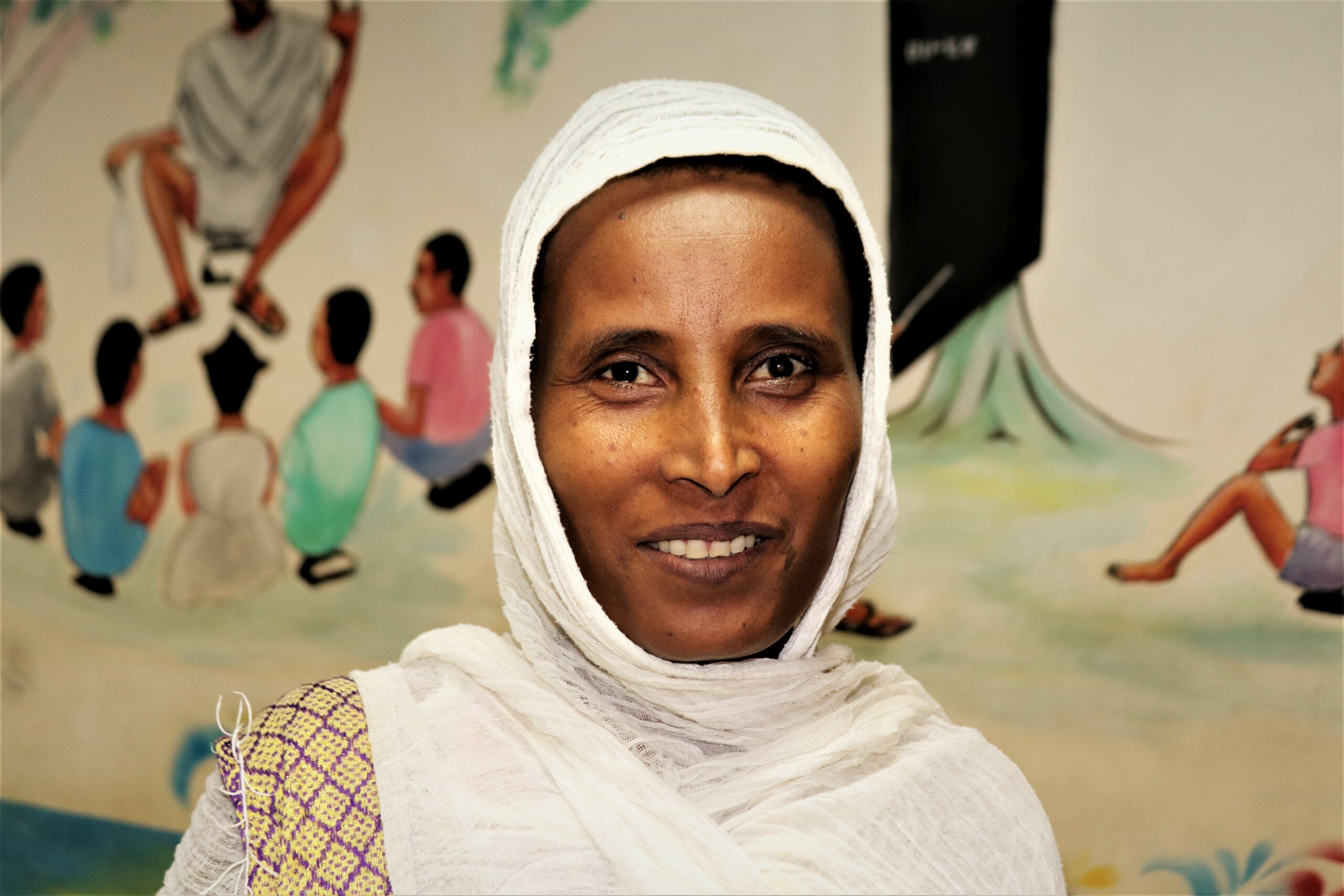
A collaborative approach to glaucoma treatment
Building on our eye health work in Burkina Faso, Ethiopia and Mozambique, in 2019, Light for the World launched a game-changing pilot programme to build up and strengthen glaucoma services in dramatically underserved regions, funded by Else Kröner Fresenius Foundation.
At the time, neither Burkina Faso nor Mozambique had an ophthalmologist who was certified in glaucoma sub-specialty training.
But over four years, we collaborated closely with national Ministries of Health and training institutions – as well as International Agency for the Prevention of Blindness, West African College of Surgeons, International Council of Ophthalmology, International Centre of Eye Health and The College of Ophthalmology for Eastern, Central and Southern Africa – with the aim of creating long-lasting sustainable change, embedded into national healthcare.
Quality and accessible eye health services
Light for the World published the first ever Toolkit for the Management of Glaucoma in Sub-Saharan Africa, used to train eye health providers in glaucoma detection and treatment, and to simplify the management of glaucoma. The first of its kind, it contains guidelines to support ophthalmologists’ decision-making for appropriate glaucoma treatment.
Based on this toolkit, we have trained nine ophthalmologists to specialise in glaucoma, 22 ophthalmologists have received glaucoma surgery training, and 118 general ophthalmologists have received glaucoma care training.
I enthusiastically salute the new Glaucoma toolkit! Let’s hope that with the toolkit now available to all, enough resources will be mobilised to initiate pilot glaucoma control projects in as many countries as possible.
Professor Daniel Etya’ale MD, former VISION 2020 Global Coordinator for Africa
“The toolkit includes practical steps for raising awareness among health workers and the community, as well as guidelines for establishment of a glaucoma service in the health system” says Dr. Wabulembo. “If implemented across different countries, the kit would provide important benchmarks in treatment protocols, equipment investments and human resource requirements.”
Seven eye health departments were equipped with crucial infrastructure for glaucoma treatment and diagnosis. A permanent surgical simulation lab was set up at Addis Ababa University Hospital to host intensive glaucoma surgical trainings for 12 general ophthalmologists from all over Ethiopia and Mozambique. Three trainings completed in 2023, financed by Novartis XOVA.
Finally, we targeted health authorities, as well as the general public, to raise awareness about the effects of glaucoma. We worked alongside each National Eye Health Programme, as well as national ophthalmological societies, to create accessible information on glaucoma.
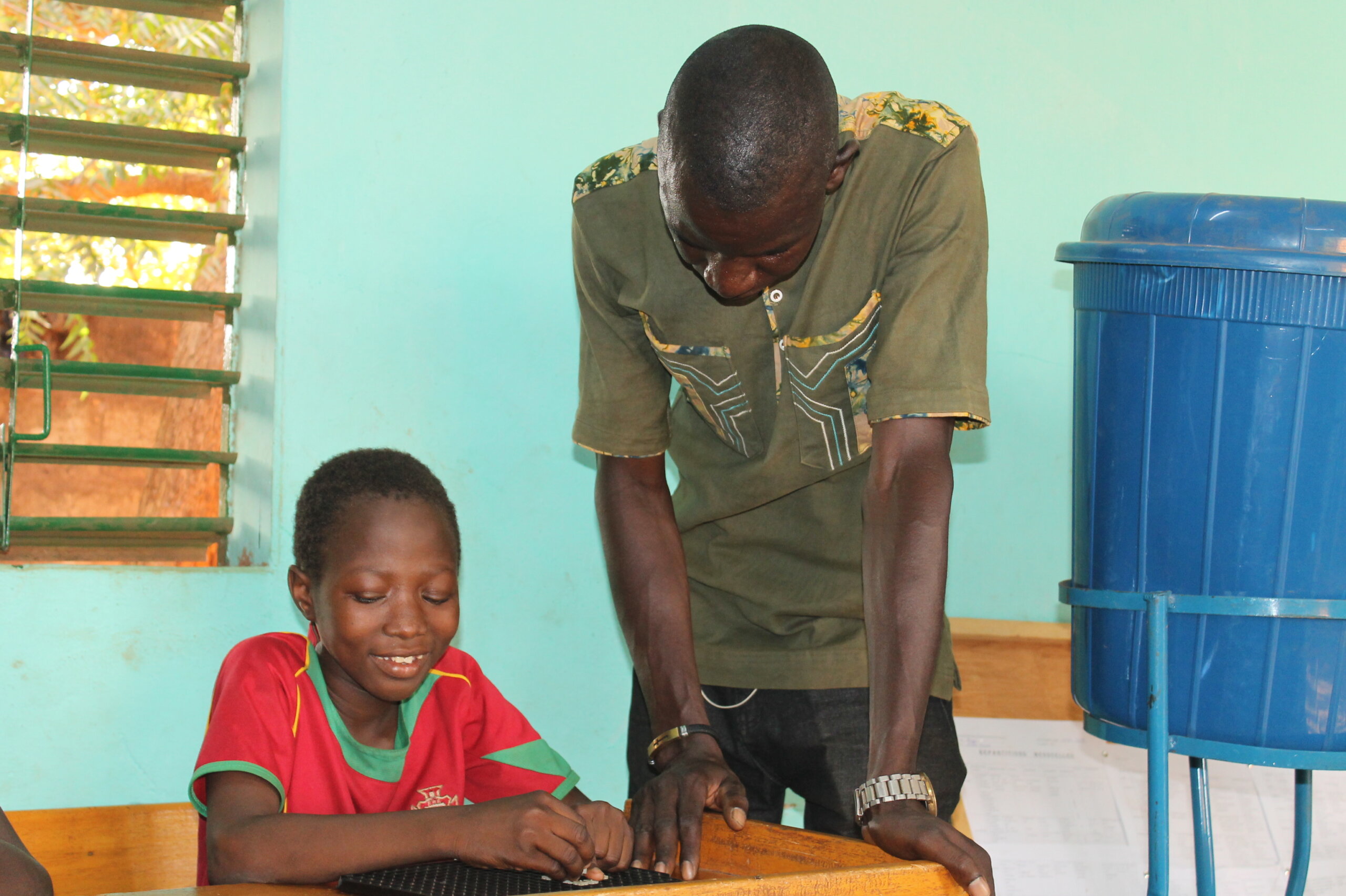
Working in partnership with the Ministry of Health, we endeavor to reach out to outlying districts. That is our main approach – trying to reach those that are difficult to reach.
Dr. Geoffrey Wabulembo
Glaucoma treatment and management: creating sustainable change
Together with our partners, we have worked hard to lay the groundwork for equitable and sustainable quality glaucoma treatment and care.
In the coming years we plan to enhance glaucoma management by strengthening expertise and improving access to eye health services in Burkina Faso, Ethiopia and Mozambique, with efforts expanded to Uganda.
We hope to further promote and roll out the Glaucoma Toolkit and to build sustainable local expertise on glaucoma within East Africa, working closely with national, regional and international ophthalmological associations and eye health networks to create sustainable change.
“Light For the World’s approach is successful because of the collaborative and consultative approach in all undertakings of improving glaucoma management,” says Dr. Wabulembo.
If you are interested in partnering with us to expand our glaucoma programme – including a glaucoma fellowship programme and World Glaucoma Week awareness raising and treatment campaigns – get in contact with Dr. Geoffrey Wabulembo.
Geoffrey Wabulembo
Expert on Eye Health & Neglected Tropical Diseases
